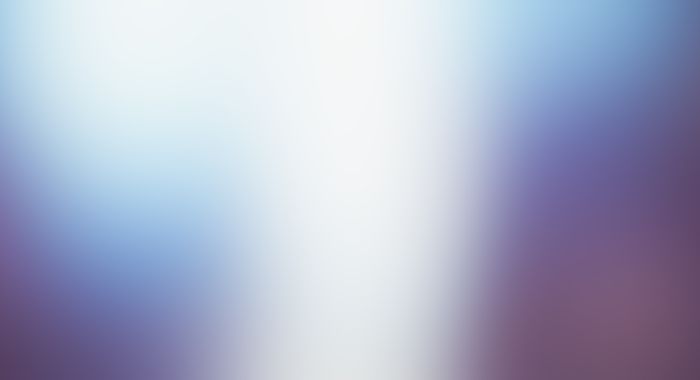Crucial FX – Branding an experiential agency
Crucial FX are an award winning studio specialising in the creation of digital, interactive, brand-led experiences. They approached Superfried design studio to re-develop their brand strategy. Crucial FX create bold, exciting interactive experiences so it was important that their new branding should reflect this. Since their output is so eclectic during the initial discovery and research phase it was decided that the marque should be typographic. Extensive, experimental explorations were conducted based on the initial letter C. However, each solution was lacking in some way or considered too similar to an existing brand. Further discussions led to the idea of extending the initials to include the F + X. This immediately opened the door to new directions. As usual simple, geometric forms and commonality between the letters was explored. During the process a method by which to physically link the initials was sought to create the presence of a single block. Looking at the X + F they were both square in form, so this style was also applied to the C. The 45 degree stems within the X were consistently at odds with the remaining initials. To address this the C + F were also rotated by the same angle which led to the suggestion of three connected squares. Starting again with three linked squares it was apparent they could be crafted to reveal the desired initials. The sharp corners and angles were exciting and dynamic, but potentially too clinical. However, after rounding throughout, the logo started to lose its edge. A solution was found by solely softening the external corners. The logo was simple, bold and distinct. Now it was time to approach the logotype. Since the logo was so simple, initial thoughts were to look at options that provided a stark contrast – more nuanced and detailed, such as a serif. But the stylised initials were so robust that any subtleties within the lettering went unnoticed. Experimental options were also explored, but they quickly clashed. So taking the lead from the logo, simple geometric, sans letterforms were employed. To establish a connection to the marque, the stems of the X were adjusted to 45 degrees with end caps to match. Additionally, to reflect the logo all external corners were rounded. Despite the technical nature of their work, the end results are anything but. Essentially the interactive experiences they create are designed to ignite our senses. To make us truly feel something – an organic response. With this in mind, I wanted the branding to convey this in some way. The senses – see, hear, touch, smell – in isolation are very difficult to convey in simple visual forms. So going back to the actual logo, what if this could be rendered in materials that could evoke a specific sense? If fluffy would that lead to feelings of warmth and a desire to touch it? If rendered via plants, would this evoke memories of being outside, feeling the sun on your skin. Created out of lights, could this take the viewer back to a festival – the energy, atmosphere and sound of that moment. In addition to the renders, the square form of the marque naturally led towards abstract, 45 degree keyline grids. This provided extensive opportunities for exploration to create devices for containing / separating and styling content and messaging. This proved to be very versatile – from a simple angled line to split a page to highly intricate patterns as dramatic wallpapers. However, it also required extensive testing to ensure restraint and control was maintained, leading to over 40 template slides for the presentation deck! With regards to palette, the majority of Crucial's work is very bold, bright and energetic. Consequently, most brand led colours would be lost or clash amongst the content. So to eradicate this concern and maximise visual impact, black was the obvious choice as the base colour. For key messaging a highlight colour would still be required. Consistent with the bold, digital form of their work a neon green and secondary pink were selected. For typography the most logical approach would be a geometric sans. But since it was so obvious, serif options were explored in addition to uppercase sans for headlines in-keeping with the logotype. However, both directions lacked the softer, human, organic reactions to their work. Consequently, we reverted back to geometry. The typeface Output – originally designed to be as geometric as possible – with wide accessibility and multiple weights provided the perfect feel.
